Internet Art: 1992 – 2014
For the last while, I’ve been thinking about the fact that the Mosaic Browser was released 20 years ago this year. It would have been 21 next year. Netscape was released 19 years ago. Notwithstanding Tim Burners-Lee’s seminal work essentially inventing the web at CERN in 1989, the Mosaic browser, to me, marks the beginning of an open and publicly accessible web.
So all of this makes 2014 a significant year for the World Wide Web. It will be 25 years old, if we count from Berners-Lee’s initial release of the idea at CERN, and a “publicly accessible” web (if one considers the Mosaic browser the first truly public manifestation of the World Wide Web) will have been around for 21 years.
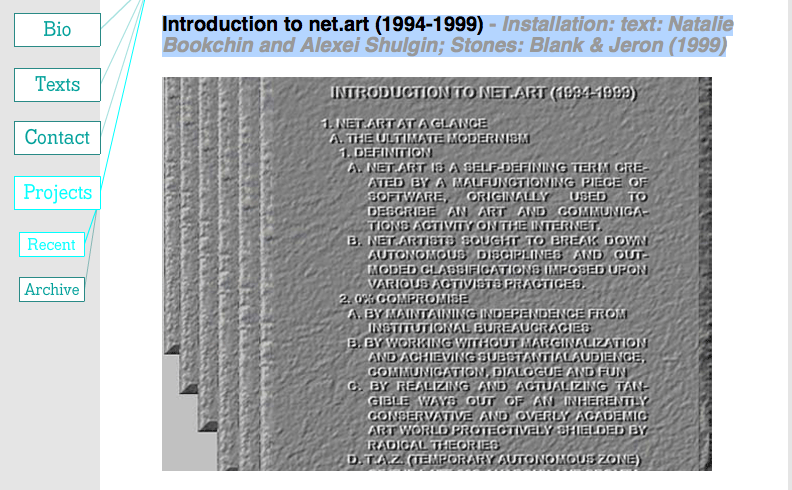
Introduction to net.art (1994-1999) – Installation:
text: Natalie Bookchin and Alexei Shulgin; Stones: Blank & Jeron (1999)
Last night, in New York I was super excited to attend the Rhizome hosted discussion with The Thing, “The Internet Before the Web: Preserving Early Networked Cultures“, at the New Museum as part of their New Silent series.
In the 1990s I watched the work of The Thing from afar. I was peripherally involved in the Australian artists collective System X, who ran a dial up BBS which launched in 1990, and who still maintain the web presence of a few of the artists and projects that they hosted back then so have a particular interest in pre-web internet art. In fact as Australia gears up to host ISEA2013, it is worth looking back to TISEA in 1992, when as far as I am aware it was the first international (media) art festival to include internet art projects, including System X projects, represented founders by Jason Gee and Scot Art.
I’ve started to compile a bit of a bibliography about internet art. Of course there are dozens of articles about the topic, so this is really just a starting point. Back in the mid 1990s when I was doing my Masters in Art Administration at the College of Fine Arts in Sydney, Australia, I did my interships online with System X (in fact I have to own that authored the Soundsite pages as an intern in 1994 or 1995 using simpletext and Netscape Gold!), and ArtsWire. It was an extremely novel idea to do an online internship at the time, but a lot of what I was working for my (never completed) Masters didn’t quite fit the traditional model of arts administration at the time. I was going to write about art on the internet back then, but didn’t quite get around to it. Many brilliant colleagues have done much better work since. So I’ve started to collect a few of these resources. I’d be thrilled if others would contribute more.
In light of Rhizome’s pre-web discussion last night, panelist Jason Scott, Director of BBS Documentary provides a fantastic (if a little US-centric) overview of BBS culture. Staying with the US, I thought it would also be fun to review Judy Malloy’s great summary about Arts Wire: The Arts Online Beginning in 1992: Memories of Arts Wire.
Wolfgang Staehle, founder of The Thing gave a brilliant and inspired overview of the foundations of this seminal online artist collective. I was especially moved by his remembrance of Hakim Bey’s Temporary Autonomous Zone which came out just one year prior and truly spoke to collective independent space for artists to own this new “virtual space”, if only for a moment.
Rhizome’s Digital Conservator, Ben Fino-Radin should be commended for hosting a lively discussion, but especially for being instrumental in initiating the conservation of such important early internet art material.
So, to some resources that follow on from this work. This is by no means comprehensive work. I’d love feedback and additions.
Amanda
Internet Art resources – links and collections:
Gallery 9, Steve Dietz, curator, Walker Art Center. Between 1997 and 2003, under the direction of Steve Dietz, Gallery 9 was a key venue for the exhibition and contextualization of Internet-based art.
Screenarts was an Australian resource for online screen-based project 1998 – 2003. No longer online.
Rhizome Artbase, founded in 1999, the Rhizome ArtBase is an online archive of new media art containing some 2155 art works, and growing.
Natalie Bookchin, a story of net art (open source) begun 9/99 (dates to 1993). last update 5/5/01
Robbin Murphy et al. artnetweb New York network of people and projects investigating new media in the practice of art.
Whitney Museum ArtportChristiane Paul, curator, internet art gallery and online commissioning program, since 2002
Books/ writing on internet art:
Tilman Baumgärtel, net.art 2.0. Neue Materialien zur Netzkunst. New Material on art on the internet (bi-lingual: deutsch/englisch), Nürnberg 2001
Julian Stallabrass, Internet Art. The Online Clash of Culture and Commerce. Tate Publishing. London 2003
Rachel Greene, Internet Art, Thames and Hudson, 2004
Tom Corby (ed) Network Art: Practices And Positions, Routledge, 2006
Josephine Bosma, Nettitudes – Let’s Talk Net Art, 2011
forthcoming:
Joanne McNeil, Domenico Quaranta, Art and the Internet, Edited by Phoebe Stubb. 2013
Online art exhibitions
resistant-media, an exhibition for Perspecta99: Living Here Now, a city wide exhibition in Sydney, Australia
Whitney Biennial exhibitions.
Rhizome exhibitions
Aram Bartholl et al Speedshow internet art exhibition format developed by Bartholl. 39+ shows since 2010
STATE an online exhibition platform [on tumblr] that featured new projects by artists who use the internet as a primary element in their work. June 2010 – July 2011.
Collect the WWWorld. The Artist as Archivist in the Internet Age
Internet Histories:
Katie Hafner and Matthew Lyon, Where Wizards Stay Up Late: The Origins of the Internet (New York, New York: Simon and Schuster, 1996)
Tim Berners-Lee, Weaving the Web (London: Orion Business Books, 1999)
John Naughton, A Brief History of the Future. The Origins of the Internet, (London: Phoenix, 1999)
Online critical discussion lists and conversations:
whole earth catalogue
Jordan Crandall et al. BLAST
nettime
faces – gender, technology, and art
the thing
syndicate
Rhizome
Reblog
fibreculture
empyre
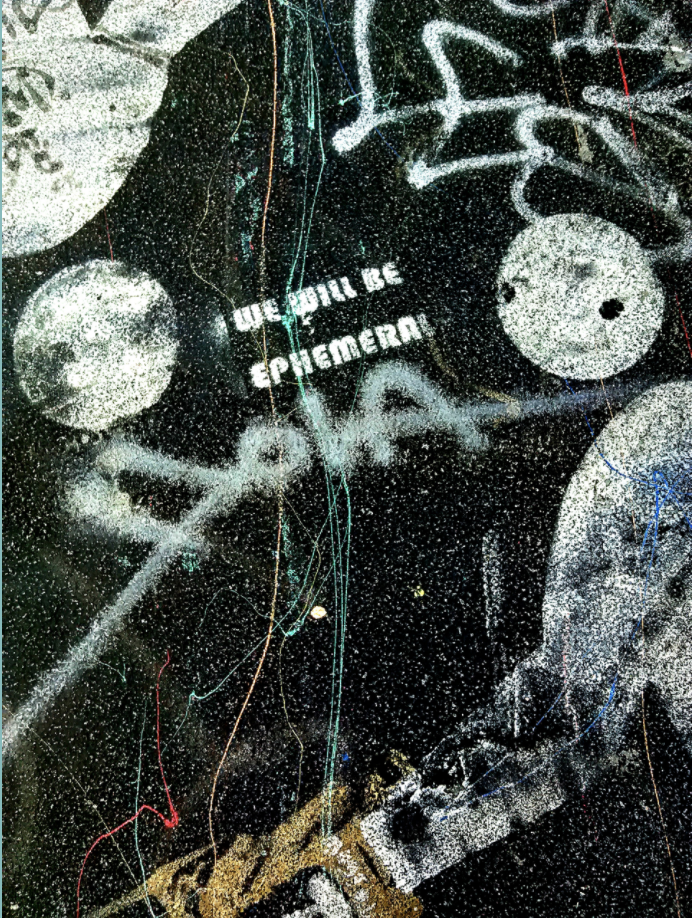
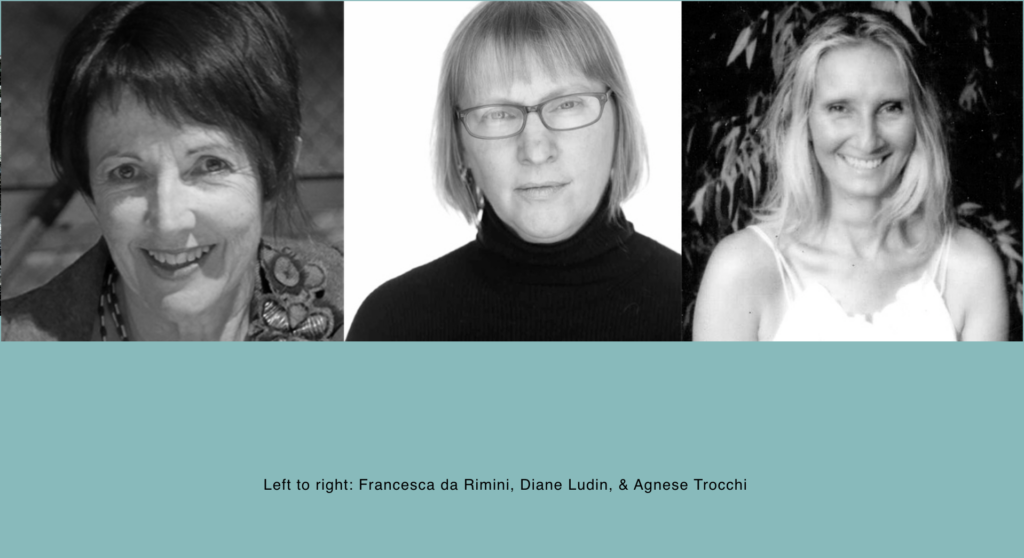
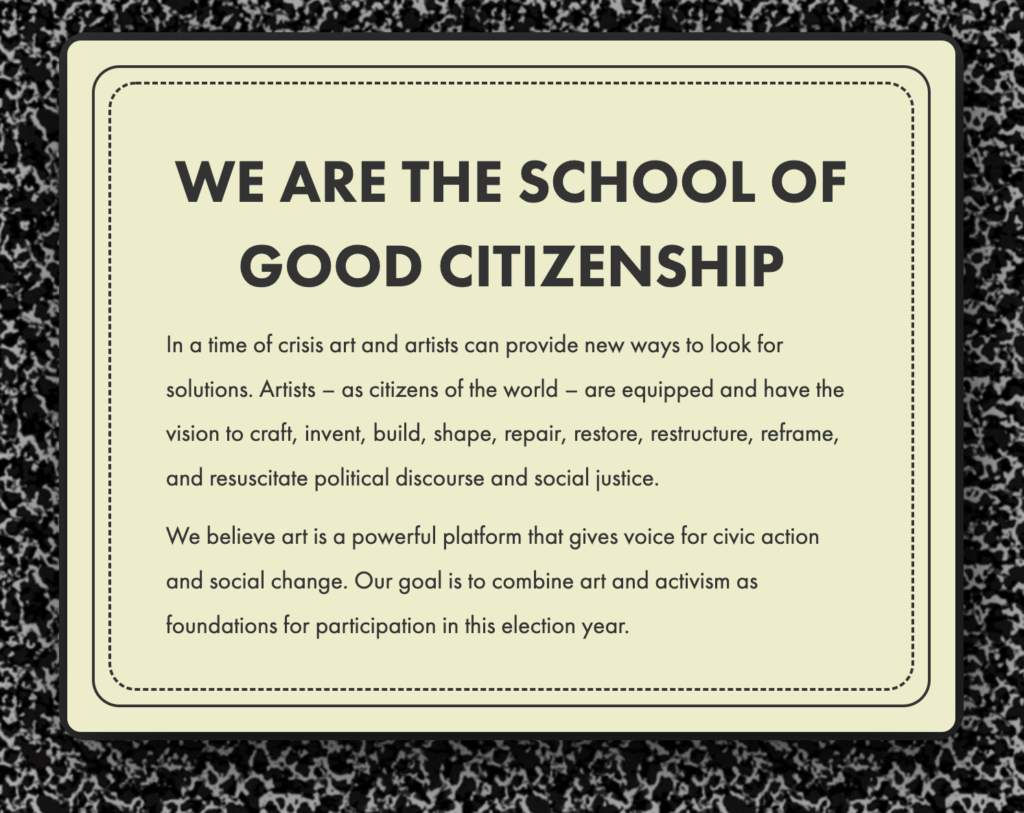







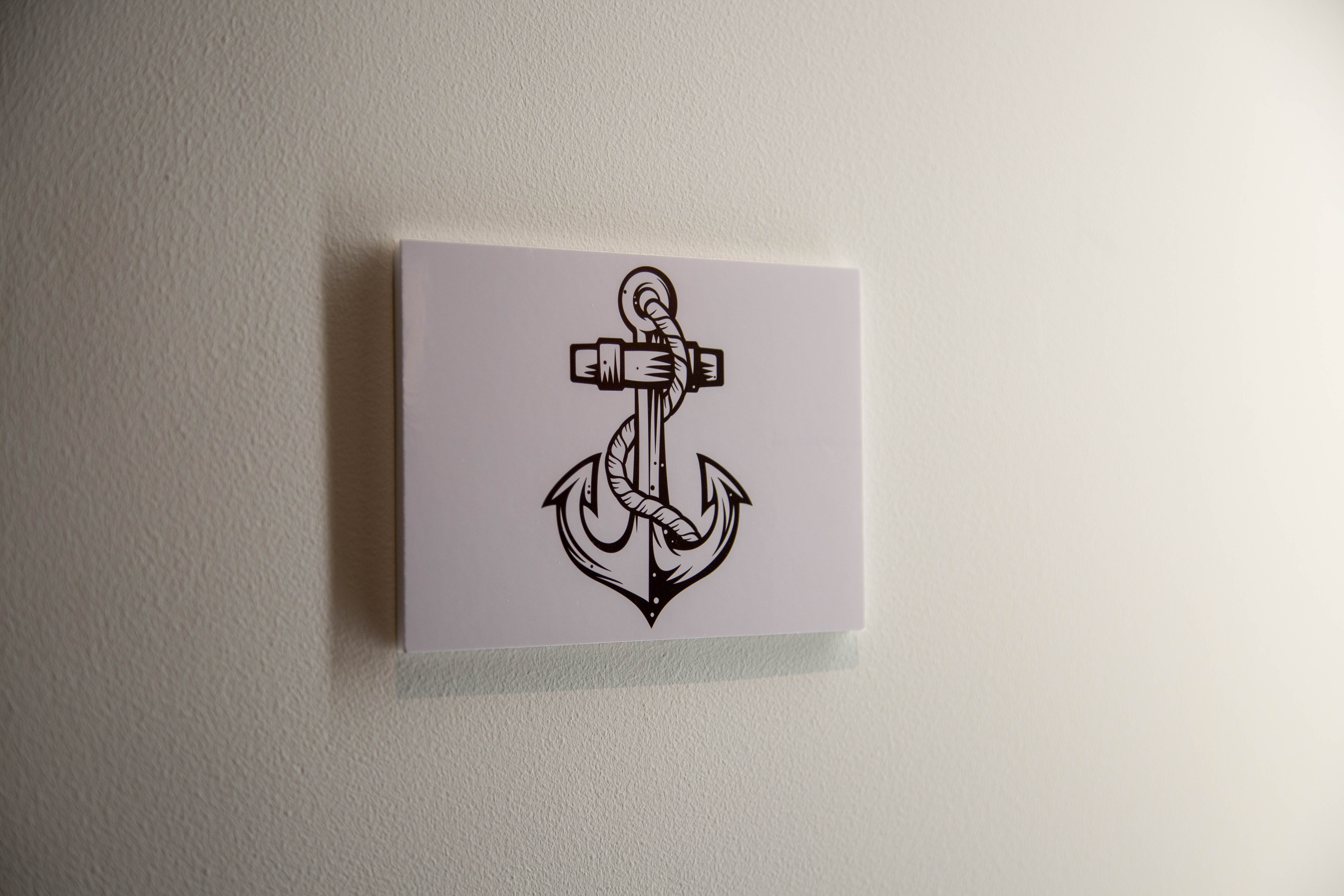
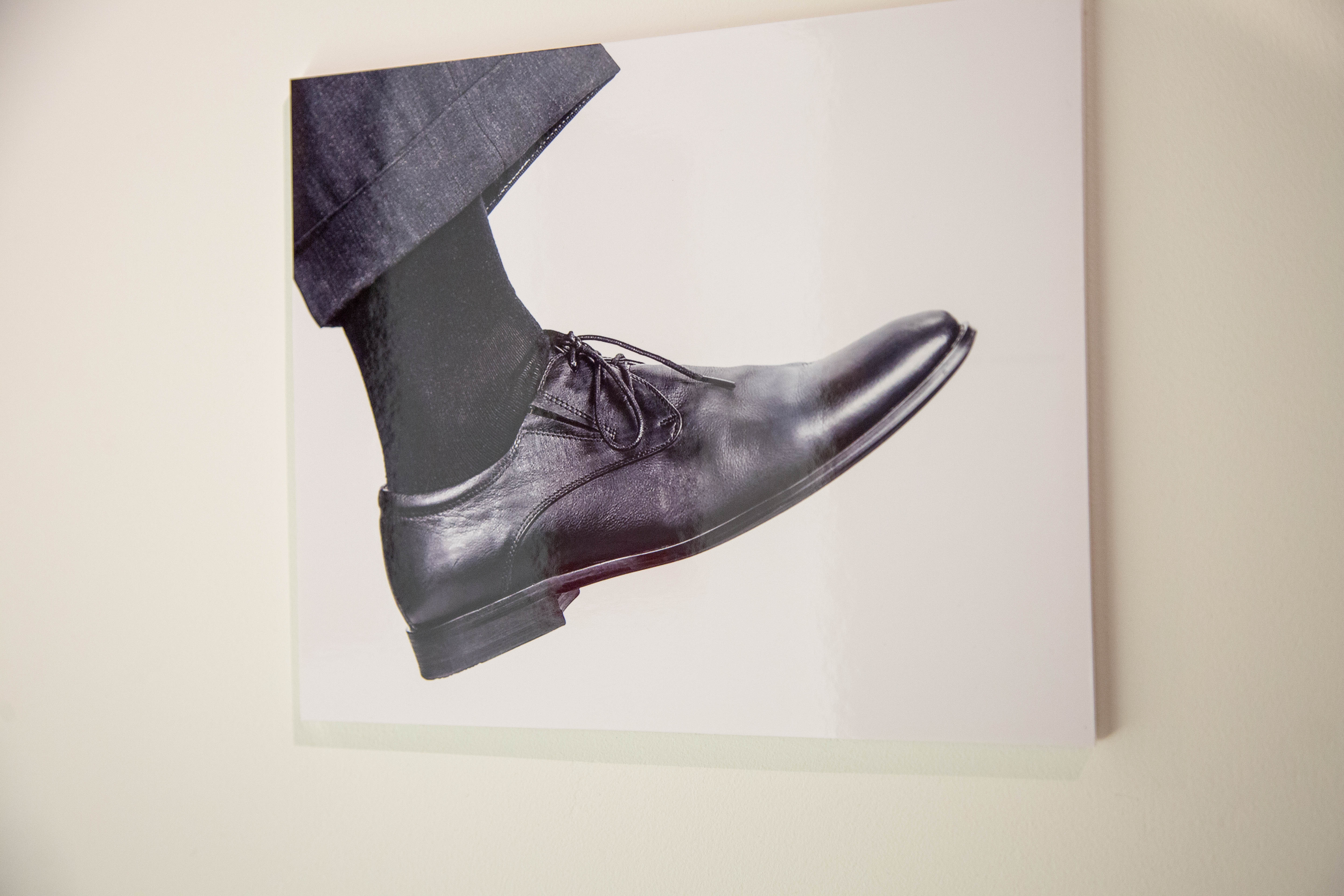

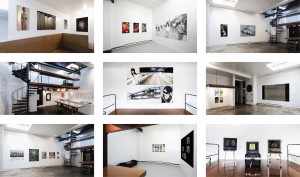



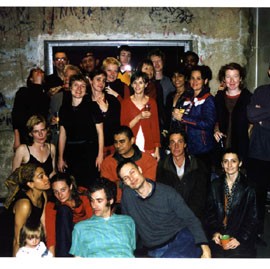

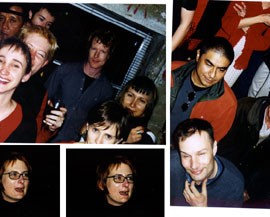


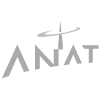
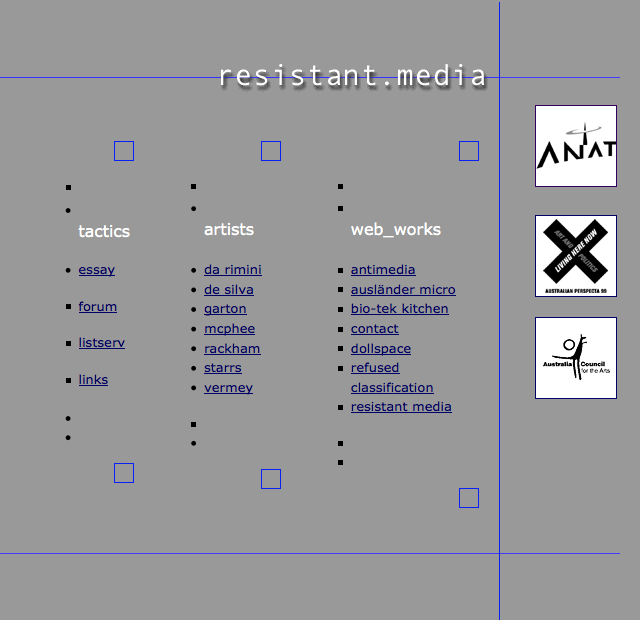
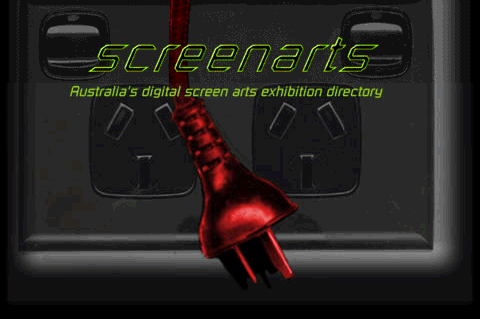


The Current Thing
I’m honored to have a small contribution in the The Current Thing, the outcome of several weeks of editorial work during lockdown by Caspar Stracke and Keith Sanborn. The Current Thing is an interactive journal with contributions by a terrific group of artists and writers on dramatic shifts in daily practice during lockdown and beyond. It is also a re-activation of THE THING, NY: one of the most important early online art communities. The journal exists in both online and print version.
The Current Thing features works and words by:
Angel Nevarez & Valerie Tevere / Alexandro Segade / Almagul Menlibayaeva / Amanda McDonald Crowley /Andy Graydon / Anna Thew / Ashton Applewhite / Bradley Eros / Caspar Stracke / Cathy Lee Crane / Coco Sollfrank / Daniella Dooling / Emily Vey Duke & Cooper Battersby / Darrin Martin / Deborah Stratman / Diana Vidrascu / eteam / Emily Mode / Graeme Arnfield / Nordholt & Steingrobe / Jaakko Pallasvuo / Jackie Goss / Les LeVeque / lundi matin / Jason Livingston / Jeanne Liotta / Jeffrey Skoller / Jim Supanick / Juliane Henrich / Joy Chan / Kathy Brew / Keith Sanborn / Kim Modig / Leo Goldsmith / Lynne Sachs / Mark Street / Masha Godovannaya / Mike Hoolboom / Monika Czyżyk / Nina Katchadourian / Olav Westphalen / Peggy Ahwesh / Perry Bard / Rebekah Rutkoff / RPI / Ricardo Dominguez / Sean Cubitt / belit sağ & Robert Luxemburg / Sebastián Romo / Steve Reinke / The Society of the Friends of the Virus / Thomas Zummer / Torsten Zenas Burns / Wolfgang Staehle / yann beauvais / and Zoe Beloff /